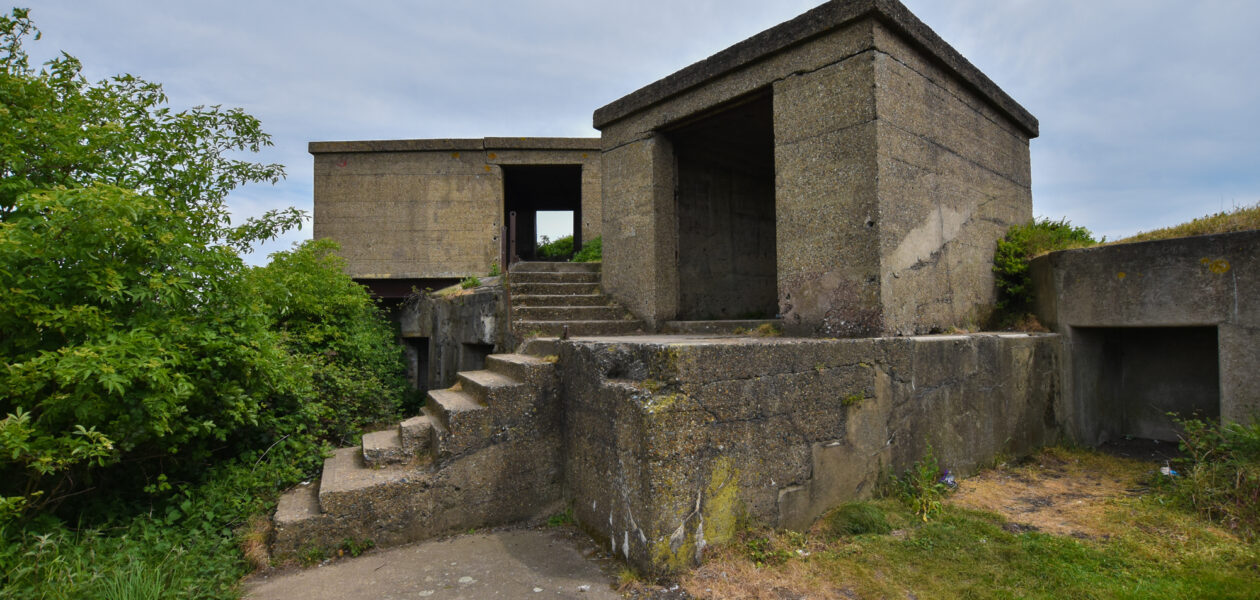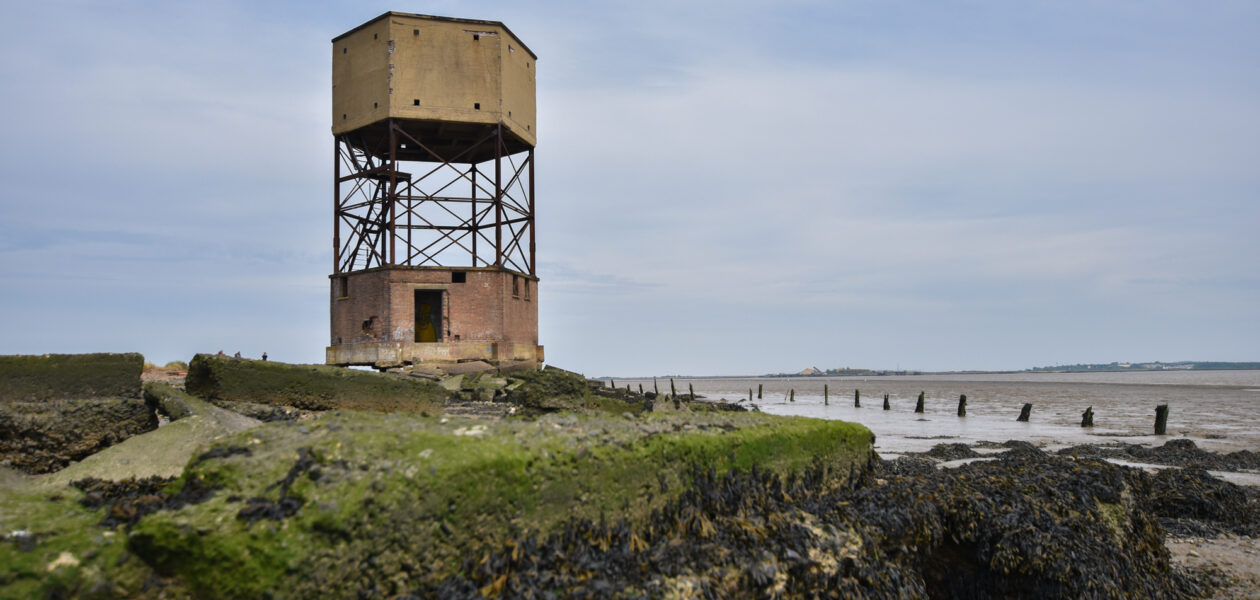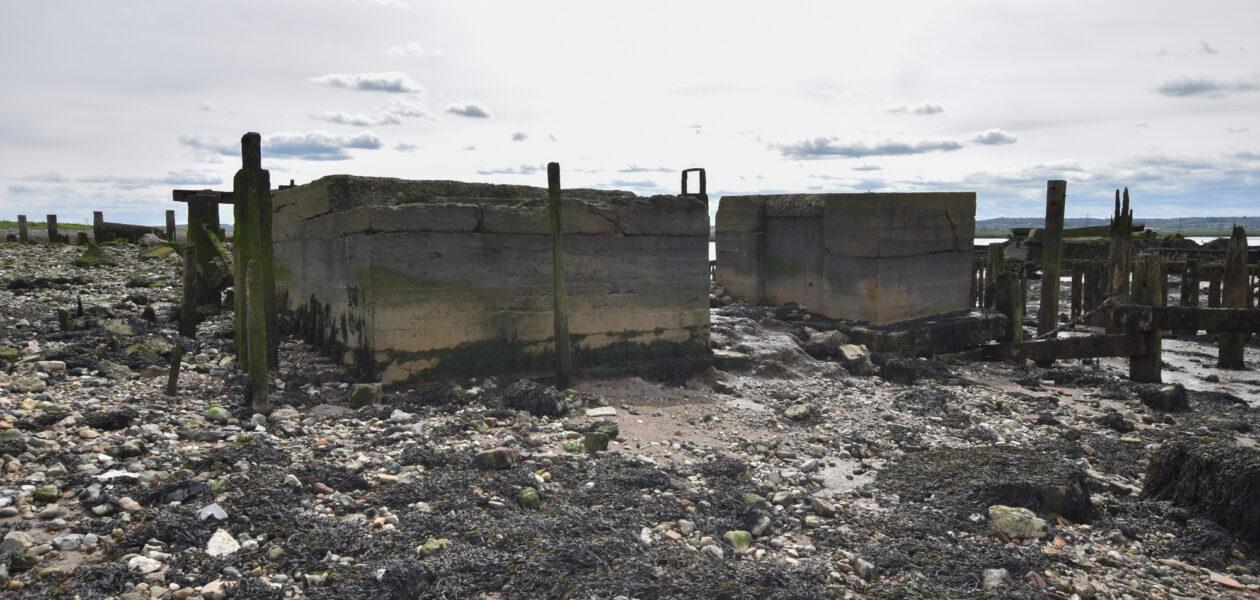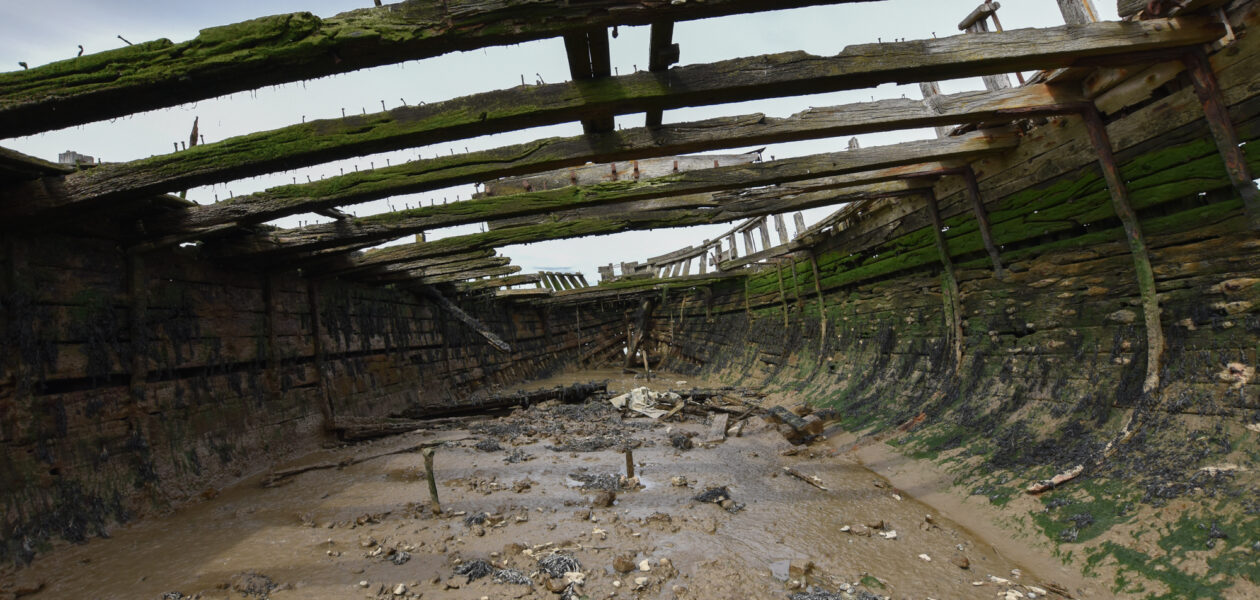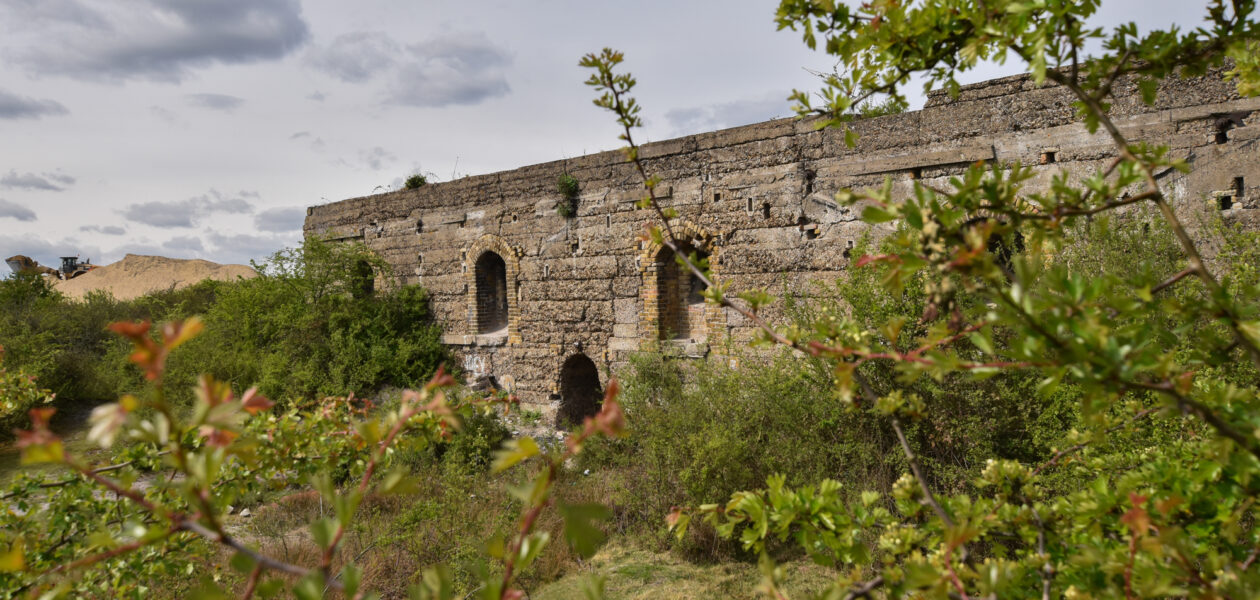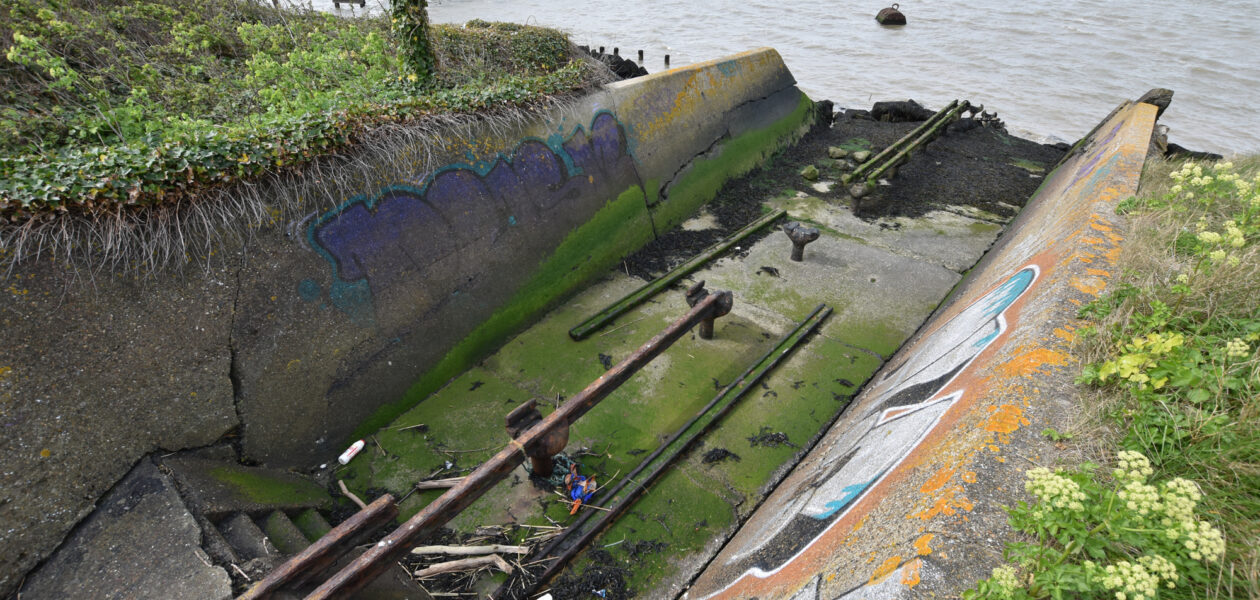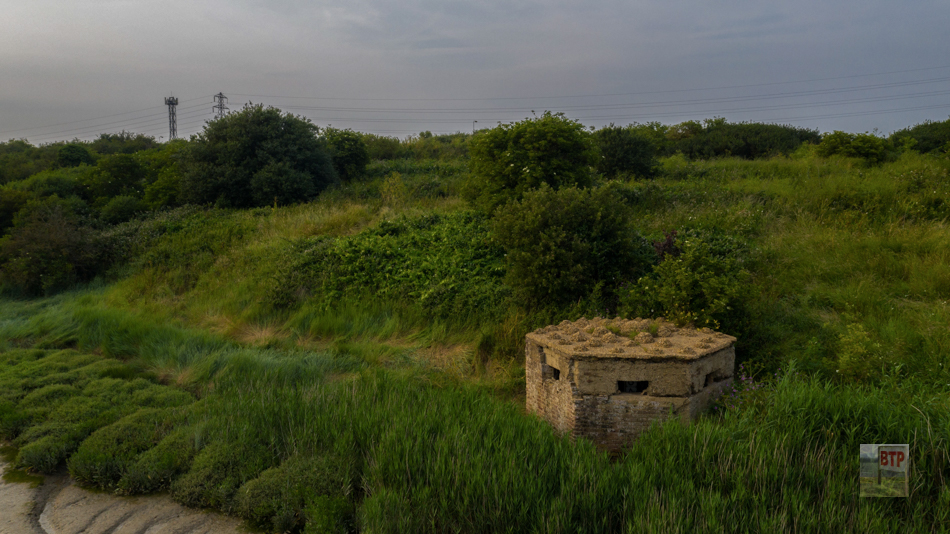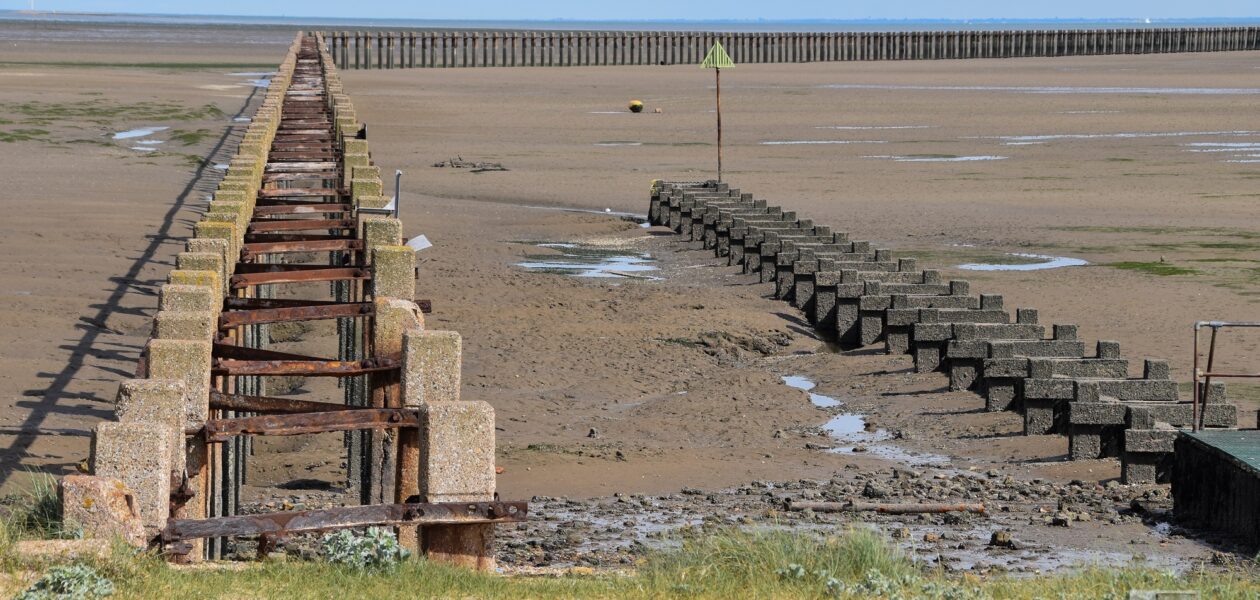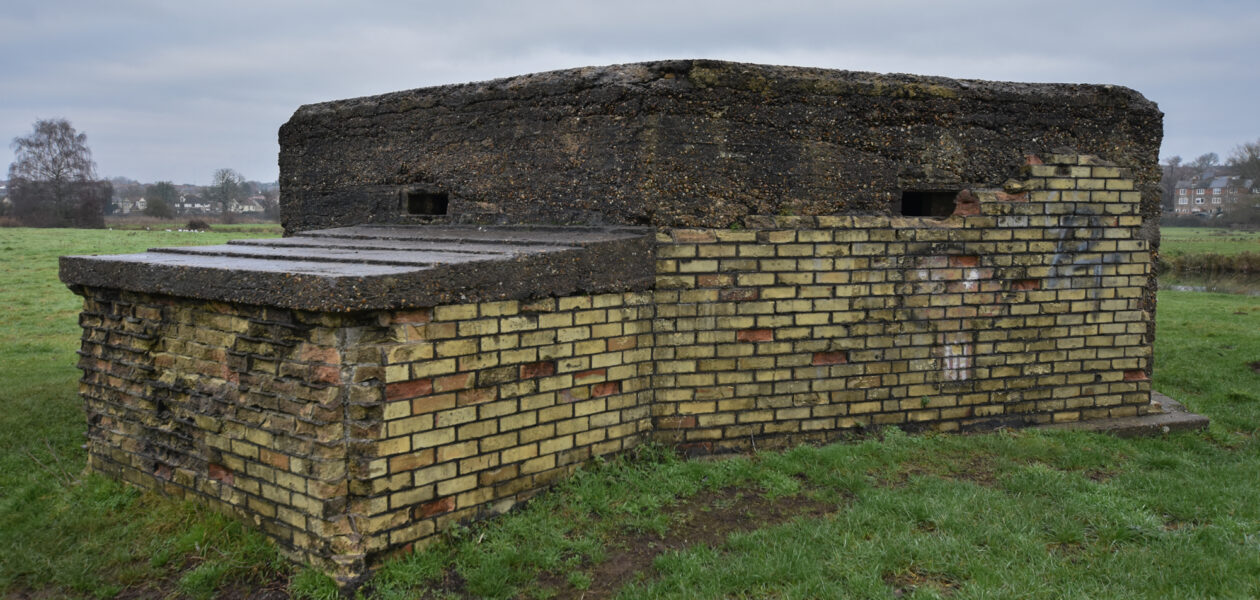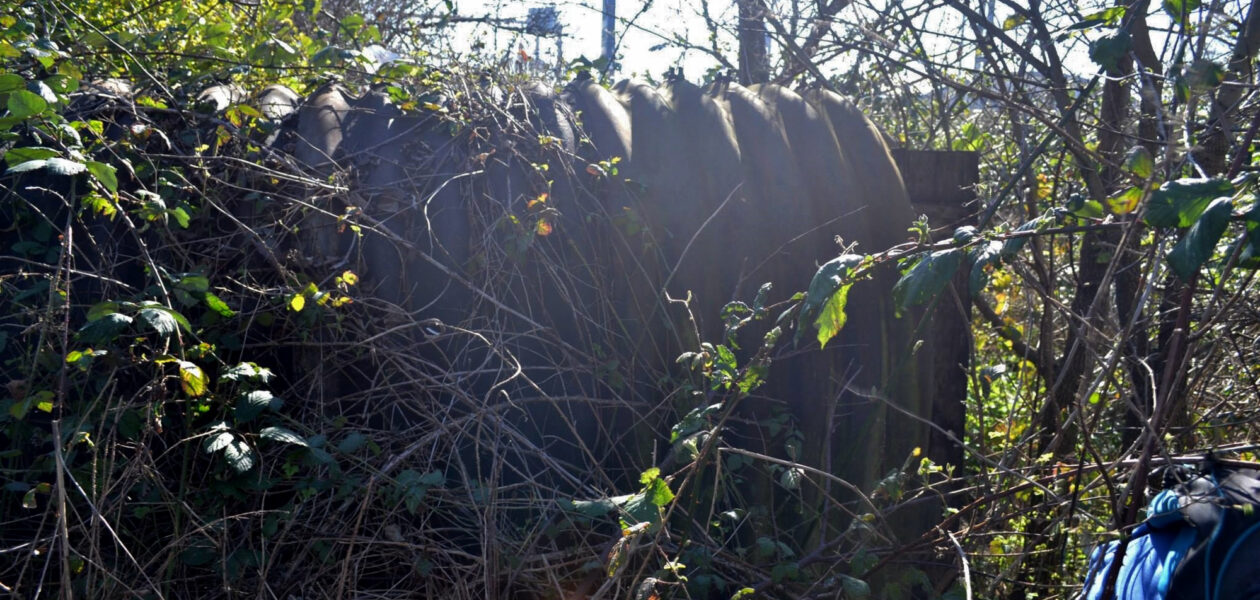Wing QF Battery
The Quick-Firing ‘Wing Battery’ just south-west of Coalhouse Fort inland of Coalhouse Point was constructed in 1893 to counter enemy torpedo boat technology which presented itself as a new potential threat to shipping in the Thames. It would have housed four 6-pounder quick firing guns each capable of unloading 25 rounds per minute. These were…
View More
